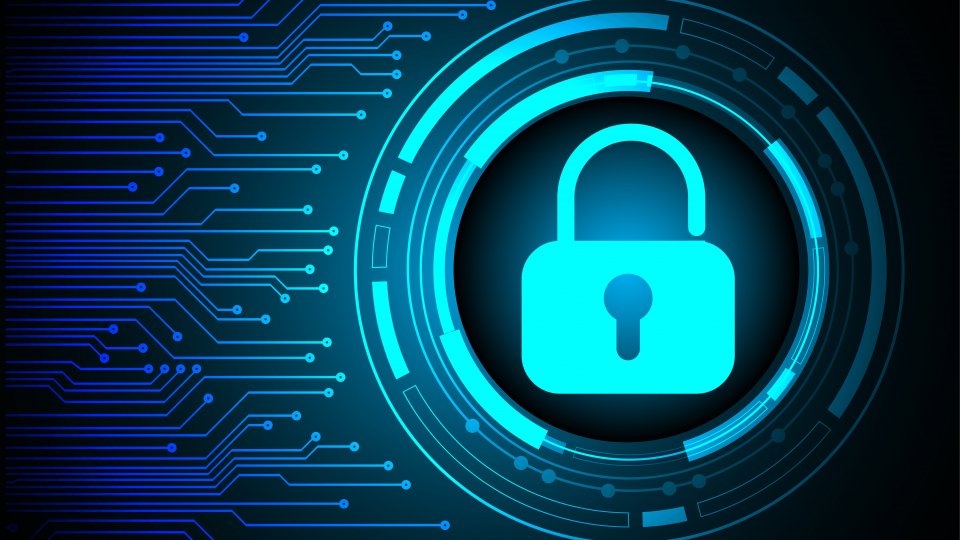Boosting Cybersecurity: Practical Strategies for Businesses
In the digital era, robust cybersecurity is crucial for modern businesses’ success and sustainability. Companies rely on intricate digital infrastructures for daily tasks and storing sensitive data. However, this reliance comes with challenges as the cyber threat landscape becomes more complex. Businesses must navigate potential cyber threats at any moment, and recognizing these challenges is essential for developing a resilient security strategy that defends against current threats and is adaptable for the future. An invaluable resource for businesses seeking to deepen their understanding of breach response protocols is the Fortinet user discussion on breach protocols. This community-driven forum is rich with insights and practical advice, aiding companies in preparing for and responding to security breaches effectively, thereby minimizing potential damage and maintaining the trust of their stakeholders.

Boosting Cybersecurity: Practical Strategies for Businesses
Importance of Application Security
Application security is a vital component of the overall cybersecurity framework and is critical in safeguarding business operations. The main goal is to protect applications against illegal access and data breaches, which may result in significant financial losses and irreversible harm to a company’s reputation. As an article from Forbes emphasizes, the recent surge in application-level attacks underscores the urgent need for businesses to reevaluate and enhance their cybersecurity measures, specifically at this layer. Securing applications ensures that sensitive customer data and proprietary business information remain protected from unauthorized access. This, in turn, builds trust and reliability, establishing a solid reputation for the business in its digital operations landscape, which is becoming increasingly vital for maintaining competitive advantage and compliance with international standards.
Integrating Security Measures Seamlessly
Organizations must integrate security measures across all operations to maintain security and resilience. This involves firewalls to prevent unauthorized access, encryption protocols to protect data privacy, and regular security audits to identify and rectify potential vulnerabilities. When included in the business’s daily operations, these safeguards offer strong protection and foster a security-conscious culture among stakeholders and staff. This comprehensive and adaptable security infrastructure allows companies to respond swiftly to emerging cyber threats while ensuring the continuity and safety of their operations.
Common Cyber Threats to Businesses
Cyber threats, such as ransomware attacks, phishing schemes, and denial-of-service issues, present a serious problem for organizations. Ransomware assaults encrypt data and demand ransom payments, while phishing schemes deceive employees into disclosing private information. Denial-of-service attacks cripple a business’s online capabilities, rendering websites and digital services unavailable to legitimate users. These threats require tailored defenses, employee education on potential warning signs, and fortified digital defenses. Businesses may lower the chance of becoming victims of these common cyber threats by building a barrier against these evil actions and cultivating a watchful staff.
Case Study: A Success Story in Cyber Defense
A mid-sized tech company successfully defended its network against a sophisticated cyber attack, demonstrating the importance of proactive measures and strategic investment in cybersecurity preparedness: the company prioritized application security and a proactive approach to threat management. By investing in employee training programs, stringent access control measures, and regularly updating security measures, the company transformed a potentially catastrophic incident into a valuable learning experience. This success story underscores the need for a robust security strategy that prioritizes adaptability, continuous improvement, and a cyber-aware organizational culture. This strategy safeguards information and enhances the organization’s ability to thrive in a digital-first world.
Steps to Enhance Application Security
- Conduct regular training sessions to elevate employee awareness about emerging cyber threats and instill best practices for safe internet usage and data handling. This education ensures that all employees, from executives to entry-level staff, understand their critical role in cybersecurity.
- Implement multi-factor authentication for accessing critical systems and sensitive data, thereby adding an extra layer of security that goes beyond traditional username and password combinations. This guarantees that unwanted access is prevented even if credentials are compromised.
- Keep software up-to-date by establishing an ongoing patch management process to mitigate known vulnerabilities that cybercriminals might exploit. This proactive approach ensures that the organization’s software infrastructure remains secure against newly discovered threats.
- Encrypt data both in transit and at rest to prevent unauthorized usage and ensure that it is unreadable even if it is intercepted. This practice is crucial for protecting the confidentiality and integrity of sensitive information.
- Schedule frequent security audits to uncover and address weaknesses in the security architecture. This enables businesses to identify and resolve potential vulnerabilities before they escalate into full-blown threats. Regular audits enhance security and demonstrate compliance with industry regulations and standards.
Tools and Resources for Better Security
Utilizing specialized tools and resources has become necessary in the quest for stronger cybersecurity. These tools include advanced anti-virus programs that detect and neutralize malicious software in real-time, safeguarding systems from potential attacks. Intrusion detection systems are also crucial, as they monitor network traffic for suspicious activities, providing critical insights and enabling swift response to potential security breaches. Security Information and Event Management (SIEM) solutions provide thorough insight into an organization’s security condition by collecting and examining network log data. When used effectively, these tools significantly reduce the risk of breaches and bolster a business’s agility and responsiveness to emerging threats, ensuring a fortified digital environment that supports ongoing operational success.
Future Trends in Cybersecurity
Cybersecurity is transforming rapidly due to emerging trends like artificial intelligence, blockchain, and machine learning. These technologies transform the cyber realm by predicting and thwarting cyber attacks in real-time, leveraging machine learning algorithms to recognize patterns and adapt to evolving threats. Blockchain technology offers robust data protection by decentralizing information storage, providing businesses with additional security. This changing landscape of cybersecurity promises a future where digital defenses are more efficient and intuitive, providing unparalleled protection for businesses in an increasingly interconnected world.



